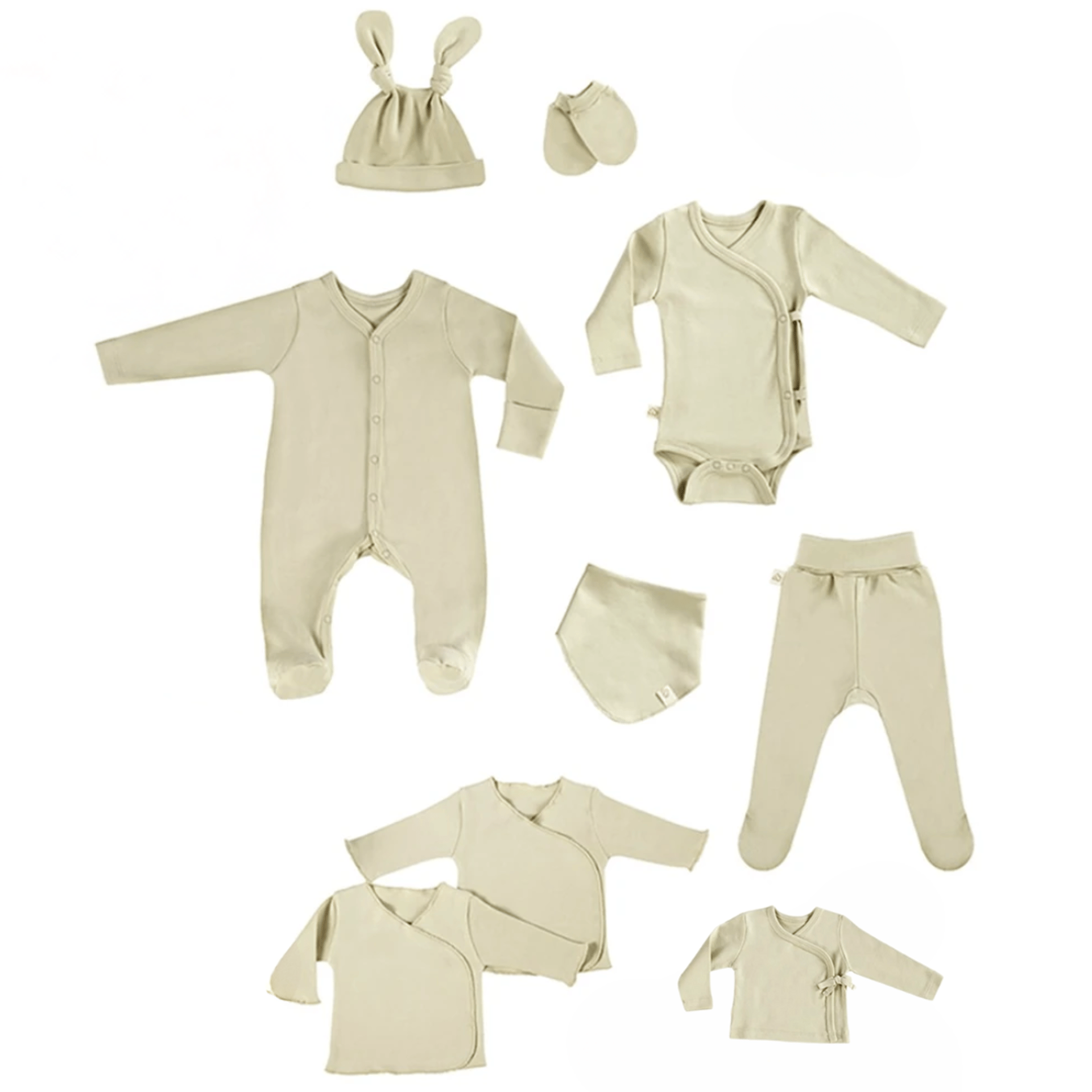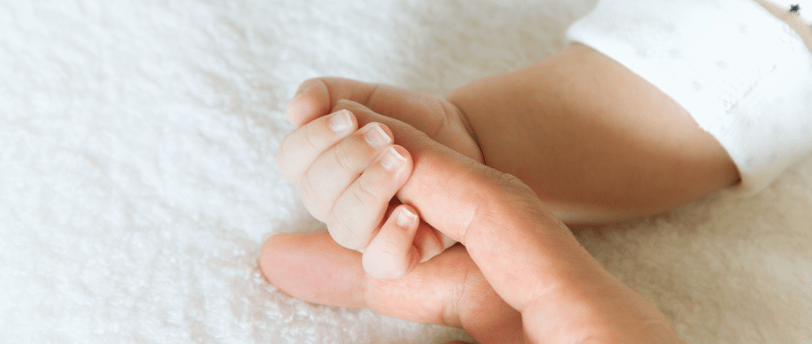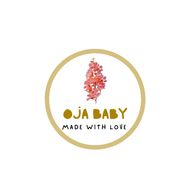
Organic vs. Conventional Baby Clothes: What’s the Real Difference?
Walk into any baby boutique or browse online, and you’ll be met with a parade of soft pastels and tiny outfits; the difference between “organic” and “conventional” baby clothes might seem subtle at first glance. Yet, beneath familiar textures and gentle colors, there is a world of difference—one that science and careful observation can help clarify, especially when it comes to the health and comfort of your little ones.
4/25/20252 min read


What Makes a Fabric Organic or Conventional?
Conventional baby clothing is most often made from cotton farmed using synthetic pesticides and fertilizers. The fiber is then processed and dyed, frequently with the help of various chemicals to enhance appearance, durability, or stain resistance. Many of these chemicals, while invisible, do not simply disappear with a wash. Research in Environmental Science & Technology (Liao et al., 2020) has revealed that formaldehyde, azo dyes, and even traces of flame retardants can persist in textiles—sometimes next to the skin for hours at a time.
In contrast, organic baby clothes start their journey on fields where pesticides and synthetic fertilizers are replaced with natural alternatives, and genetic modification is off-limits. Certification standards like GOTS (Global Organic Textile Standard) require that not only the cotton, but every stage of processing, from spinning to dyeing, avoids known irritants and toxins.
A Story Told by Science
The difference isn’t just marketing. Scientific literature points to genuine health considerations. For example, infant skin is not just delicate in feel—it’s biologically more absorbent and sensitive than adult skin, with higher rates of trans-epidermal water loss (Vogt et al., 2020). Babies’ immune systems are still developing, making them more vulnerable to allergic reactions and irritants. Dermatitis published a review documenting cases of contact dermatitis in infants believed to be linked to textile chemicals found in conventional clothing (Uter et al., 2010).
On the flip side, organic clothing minimises the risk of exposure. Without harsh pesticides or chemical finishers, and with carefully selected low-impact dyes, organic fabrics are less likely to trigger rashes or discomfort—even for babies with especially sensitive skin.
Beyond Skin: Environment and Peace of Mind
It’s not only about what touches the skin. Choosing organic supports farming practices that respect the environment, protecting water supplies and soil health for the next generation. And there’s something deeply reassuring in knowing that the simple act of dressing a baby can be gentle—both for them and the wider world.
Everyday Choices, Lifelong Impact
When comparing organic and conventional baby clothes, the “real difference” is woven through every stage: from the field to the nursery. It’s safer ingredients, lower risk of reaction, and a kinder environmental footprint. Because every day brings countless small decisions, and sometimes the invisible details are the ones that matter most.
References:
Liao, C., et al. (2020). Environmental Science & Technology, 54(8), 4256–4267.
Vogt, P. M., et al. (2020). Pediatric Dermatology.
Uter, W., et al. (2010). Dermatitis, 21(1), 36–42.
